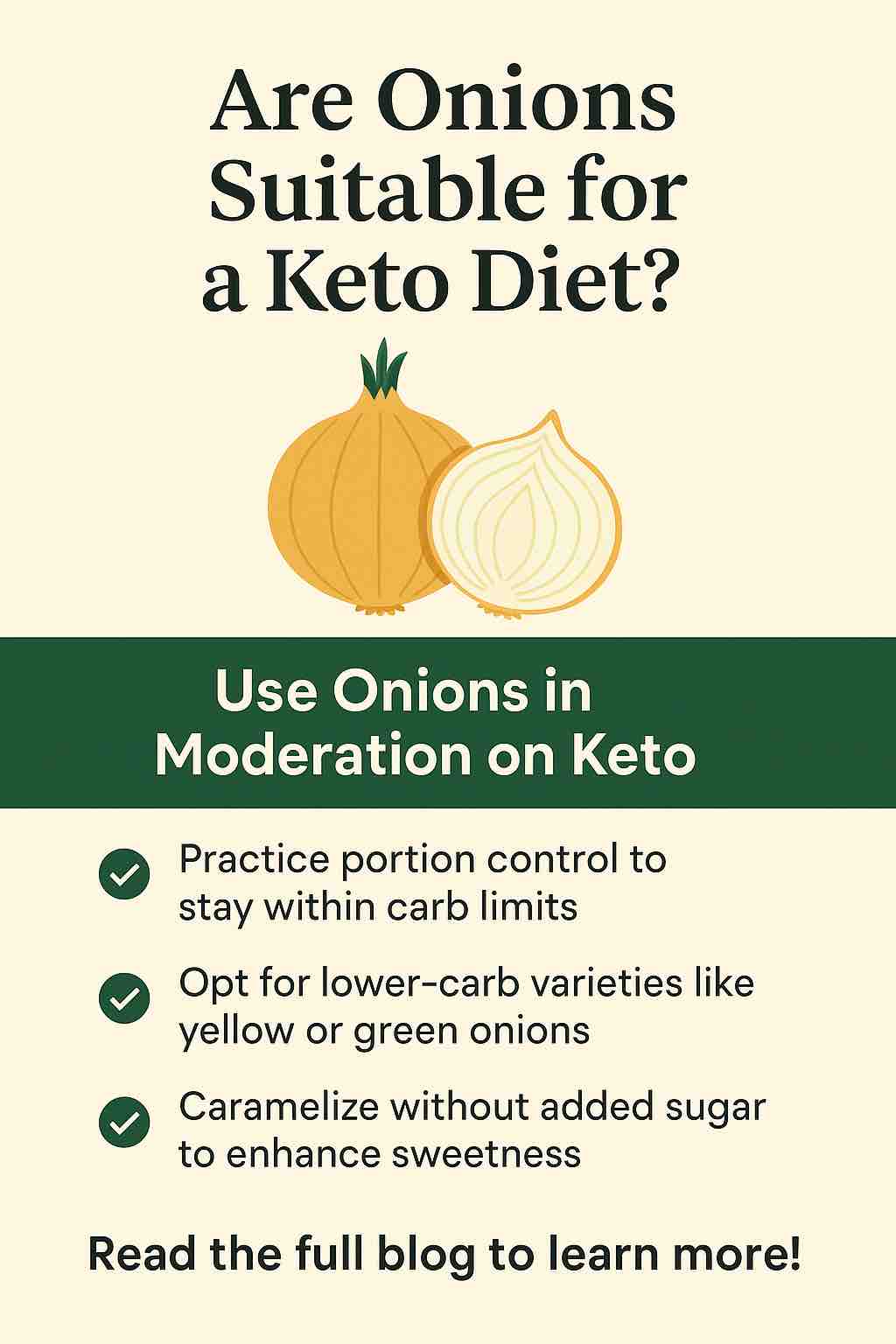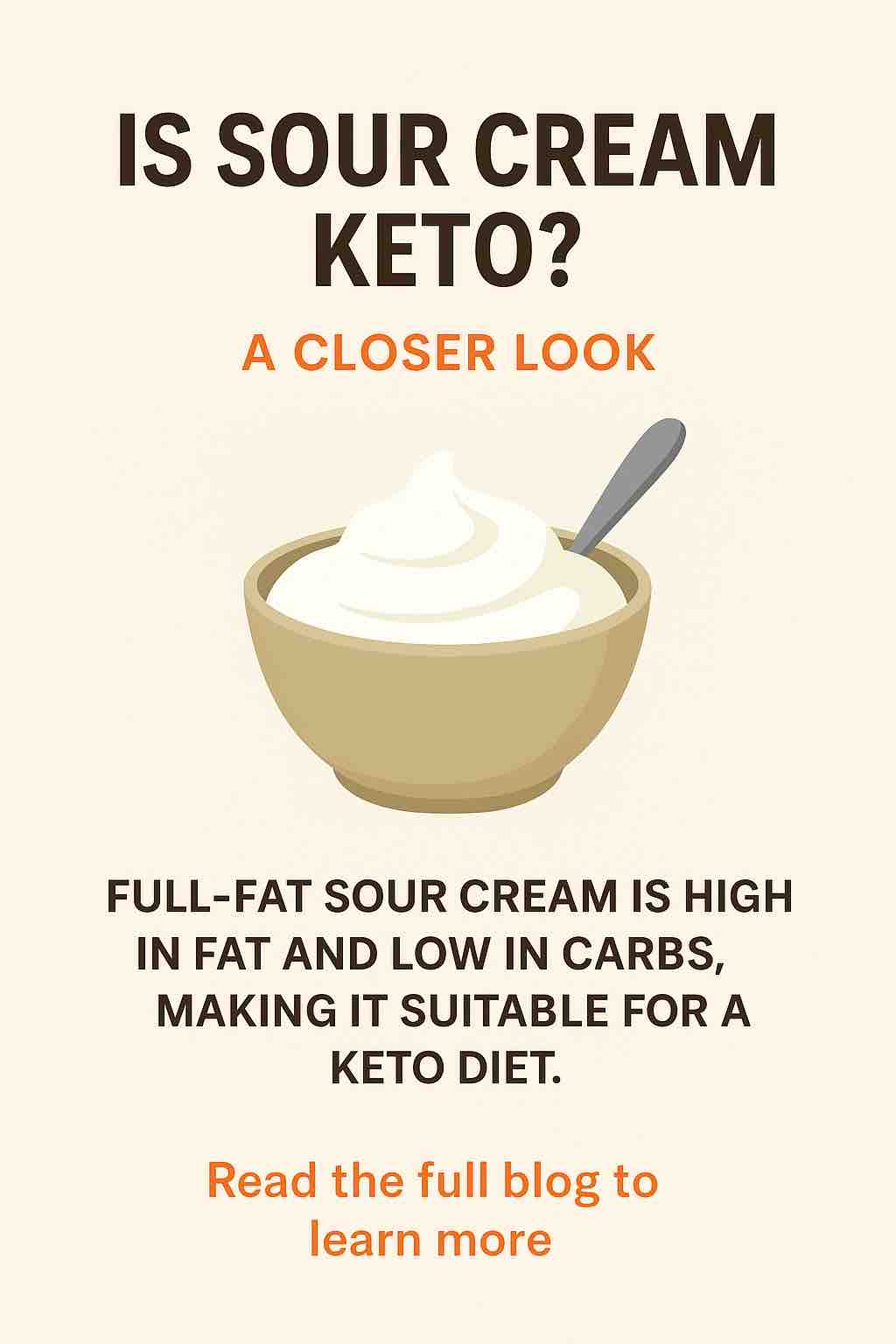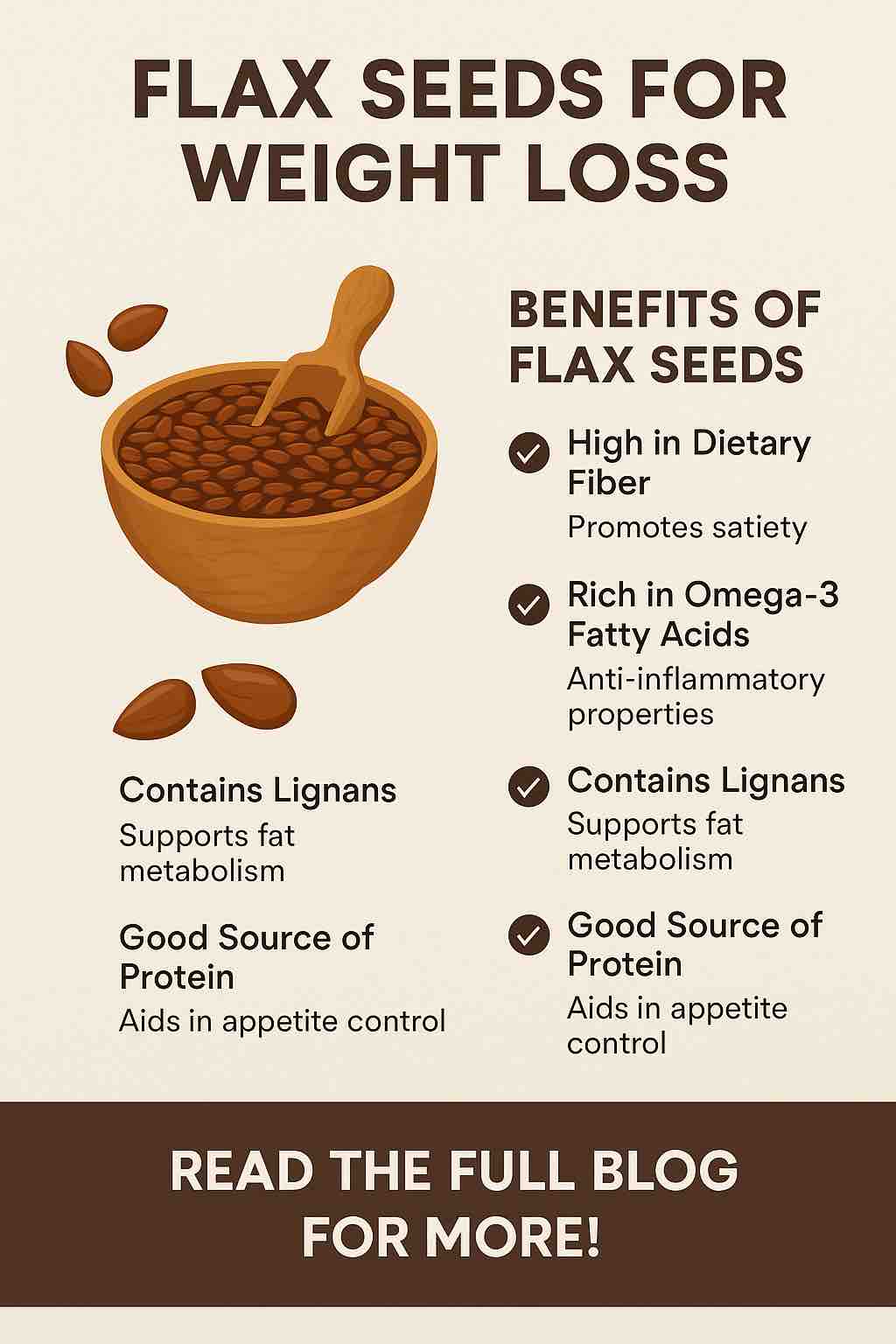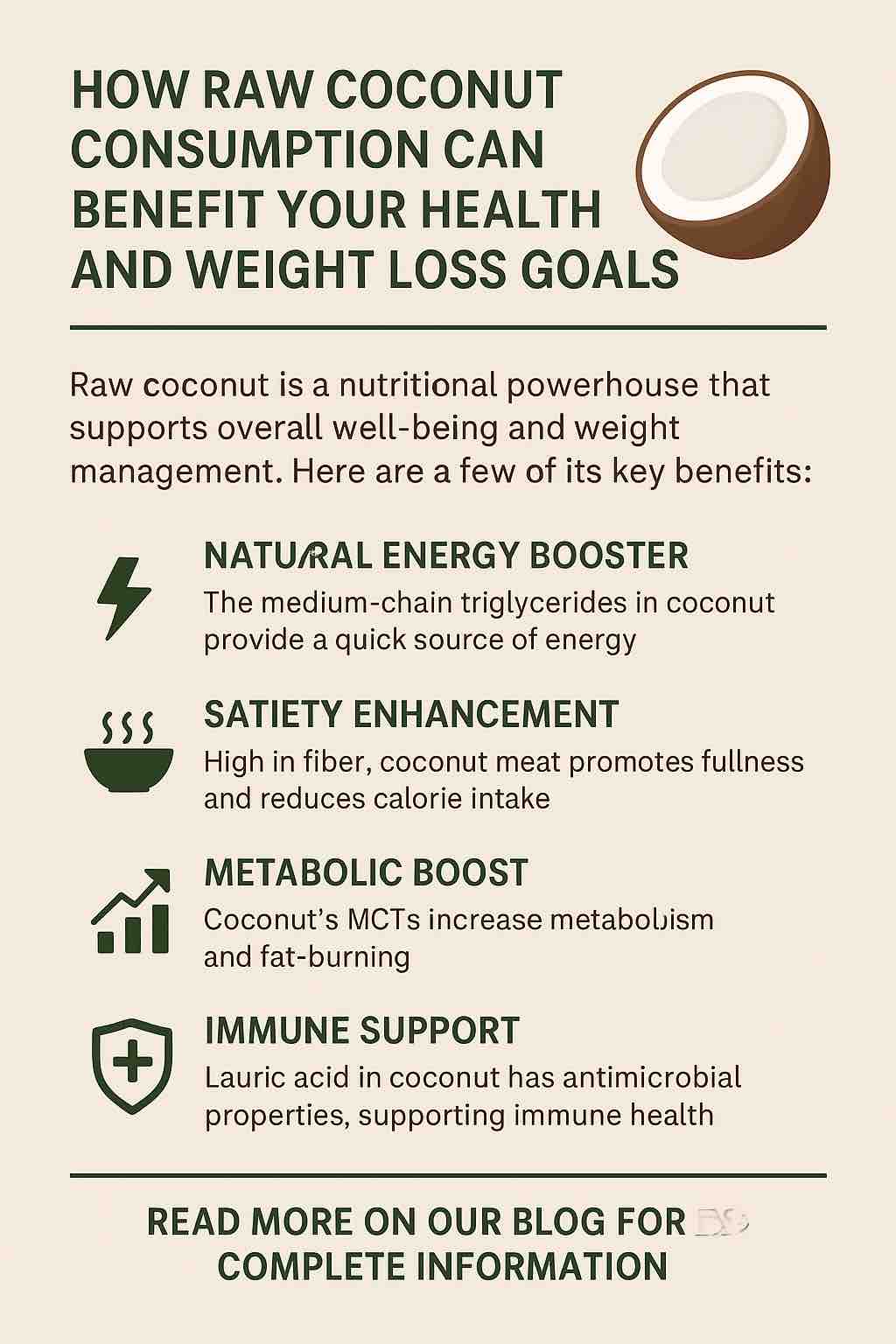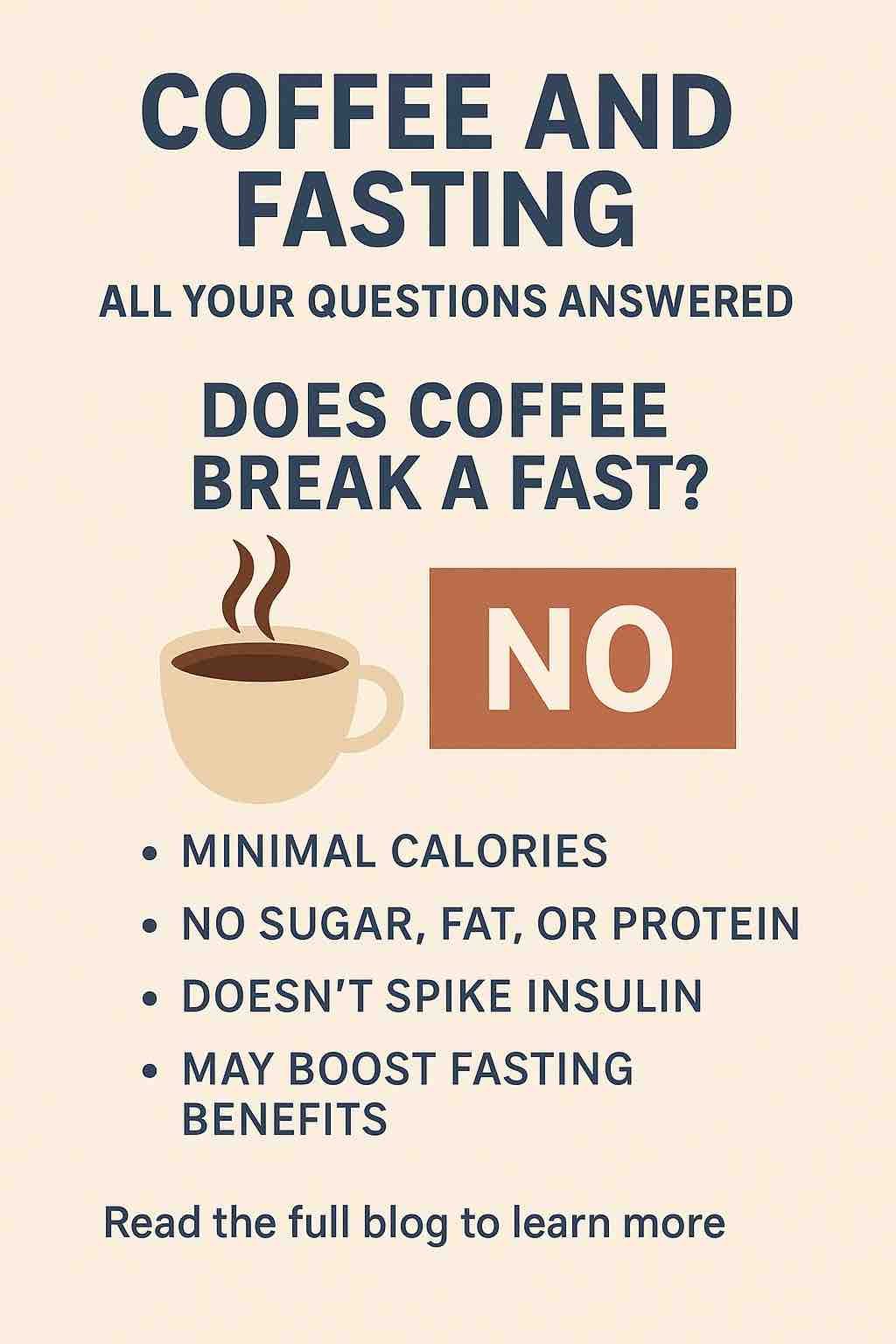
If you’re like most people experimenting with intermittent fasting, one of your first questions is:
“Can I still drink coffee while I fast?”
The short answer: Yes.
The long answer? Well, let’s dive into it.
In this post, we’ll explore the science behind coffee and fasting, separate myths from facts, and answer all the questions you didn’t even know you had. Whether you’re a hardcore black coffee purist or someone who sneaks in a splash of cream, this guide is for you.
🔍 What Counts as Breaking a Fast?
Before we talk coffee, let’s clarify what it means to “break a fast.”
A fast is essentially a period of no calorie intake, during which your body switches from burning glucose to tapping into stored fat for energy. The key markers for staying in a fasted state are:
- Low insulin levels
- Stable blood glucose
- No digestion-triggering calories
So the goal is to avoid anything that spikes insulin, triggers digestion, or provides significant energy.
☕ Does Black Coffee Break a Fast?
No, black coffee (without additives) does not break a fast.
It has:
- ~2 calories per cup
- No sugar
- No protein or fat
- No significant impact on insulin
In fact, coffee may enhance some fasting benefits. More on that soon.
🧠 TL;DR: If you stick to black coffee, you’re safe.
🧬 Can Coffee Boost the Benefits of Fasting?
Yes—surprisingly, coffee may actually enhance the metabolic benefits of fasting:
1. Supports Autophagy
Autophagy is the cellular “cleanup mode” that fasting helps activate. Some studies suggest coffee may stimulate autophagy, particularly in the liver. Even decaf has this effect.
📖 Source: Journal of Cell Biology (PMID: 25122868)
2. Increases Fat Oxidation
Caffeine boosts epinephrine (adrenaline), which encourages your body to release stored fat for energy. Combined with the already lowered insulin during a fast, this can accelerate fat burning.
📖 Source: American Journal of Clinical Nutrition (PMID: 23671022)
3. Appetite Suppression
Caffeine reduces perceived hunger for many people, making fasting easier. Though this varies by person, it’s a welcome bonus.
🚫 What Additives Do Break a Fast?
Let’s break down common coffee additives:
🧈 Butter, Cream, or Milk
These do break a fast due to:
- Calories
- Fat content
- Possible insulin response (especially milk)
That said, in a keto context, some people intentionally add fats (like butter or MCT oil) to extend energy during a fast. Just know this shifts you from a true fast to a fat-fueled fast—potentially beneficial, but different.
🥄 Sugar & Sweeteners
- Sugar: Breaks a fast—no debate.
- Artificial sweeteners (e.g., aspartame, sucralose): Mixed evidence. Some may trigger cephalic insulin response, where your body prepares to digest sugar even though it’s not present.
- Natural zero-calorie sweeteners (stevia, monk fruit): Less likely to cause insulin spikes, but not 100% free of controversy.
💧 MCT Oil
Technically breaks a fast (calories), but:
- Doesn’t raise insulin
- Encourages ketone production
- May help extend mental clarity
Used intentionally, it can be a tool—but don’t consider it a “clean fast.”
🤔 What About Cold Brew, Espresso, and Decaf?
Cold Brew
✅ Allowed, often lower in acidity and gentler on the stomach.
Espresso
✅ Allowed—just a more concentrated version of coffee.
Decaf
✅ Still has beneficial polyphenols and may support autophagy. Perfect for those sensitive to caffeine.
💡 Does Coffee Affect Insulin or Glucose?
This is where things get interesting. While black coffee is metabolically neutral for most, studies have found that caffeine can cause short-term insulin resistance in some individuals.
However:
- This effect is mild and temporary
- Doesn’t apply to decaf
- Doesn’t appear to reduce fasting benefits in healthy people
If you’re diabetic or insulin resistant, you might want to monitor your blood glucose after drinking coffee.
📖 Study: Caffeine reduces insulin sensitivity in humans (PMID: 11832781)
⚠️ When Should You Avoid Coffee While Fasting?
Coffee isn’t for everyone. You may want to avoid or reduce it if:
- You’re fasting for gut healing (coffee can stimulate acid production)
- You experience anxiety, jitteriness, or insomnia
- You’re pregnant or sensitive to caffeine
- You’re fasting for religious reasons, where all ingestibles are prohibited
🧠 Expert Insights
- Dr. Mindy Pelz: Encourages black coffee for fasters, but warns against additives like cream or even stevia during autophagy-focused fasts.
- Dr. Peter Attia: Suggests coffee may aid mental clarity and productivity during fasting, but advises caution with caffeine timing (avoid late-day intake).
- Rhonda Patrick, PhD: Highlights coffee’s impact on longevity pathways—especially when combined with fasting.
🧾 Quick Reference Table
| Item | Breaks Fast? | Notes |
|---|---|---|
| Black Coffee | No | Safe; may enhance fasting benefits |
| Decaf Coffee | No | Gentle option, retains antioxidants |
| Cold Brew / Espresso | No | Allowed; just different extraction methods |
| MCT Oil | Yes | May help energy & ketones, but adds calories |
| Heavy Cream / Milk | Yes | Breaks fast via fat/sugar/calories |
| Sugar | Yes | Strong insulin spike |
| Stevia / Monk Fruit | Unclear | Safer options, but not zero-impact for all |
| Artificial Sweeteners | Potentially | May trigger insulin response in some cases |
🔚 Final Verdict: Should You Drink Coffee While Fasting?
Absolutely—if it works for your body.
Black coffee is a powerful ally in your fasting toolbox:
- It helps with hunger.
- It may amplify autophagy and fat burning.
- It makes mornings (and fasts) easier.
Just be mindful of what you add to it. If you’re fasting for metabolic health, stick to clean, additive-free coffee. If you’re fasting for performance, strategic use of MCTs or even cream might make sense.
✍️ Got Questions?
Drop them in the comments—or let me know what you put in your coffee. We’re all bio-individual, and sometimes the best protocol is the one you can stick to long-term.
Stay sharp—and enjoy that next cup ☕
✅ 10 FAQs for Readers
1. Can I drink coffee during intermittent fasting?
Yes, you can drink black coffee during intermittent fasting. It contains minimal calories and does not spike insulin levels, so it won’t break your fast.
2. Does adding milk or cream to coffee break a fast?
Yes. Adding milk, cream, or butter introduces calories and macronutrients, which triggers digestion and insulin response, effectively breaking your fast.
3. What kind of coffee is best while fasting?
Black coffee, preferably organic and without additives. Espresso, cold brew, or regular drip coffee are all fine as long as they’re plain.
4. Can I use sweeteners in my coffee while fasting?
It depends. Natural zero-calorie sweeteners like stevia and monk fruit may be safe, but some people still experience an insulin response. Artificial sweeteners are more controversial and may impact insulin or gut health.
5. Does decaf coffee also support fasting benefits?
Yes, decaf retains polyphenols and antioxidants that may support autophagy and metabolic health, without the stimulant effect of caffeine.
6. Can coffee increase autophagy during fasting?
Yes, some studies suggest both caffeinated and decaf coffee may stimulate autophagy, especially in liver cells. However, this effect may vary by individual.
7. Will MCT oil in coffee break my fast?
Technically yes, since it contains calories. But MCT oil does not spike insulin and promotes ketone production, making it popular in “fat-fueled fasting” for mental performance.
8. Why do some people feel jittery or anxious after coffee while fasting?
Without food to buffer caffeine, it can hit harder, causing jitters or anxiety. Consider reducing dosage, switching to decaf, or delaying coffee intake until after your first meal.
9. Can I drink coffee on a prolonged (multi-day) fast?
Yes, but hydration is key. Coffee is a mild diuretic, so pair it with plenty of water and electrolytes. Avoid overdoing caffeine to prevent adrenal stress.
10. Does coffee affect insulin sensitivity during fasting?
In some people, caffeine can cause temporary insulin resistance. This effect is mild, varies by person, and doesn’t typically reduce fasting benefits unless you’re insulin resistant or diabetic.

